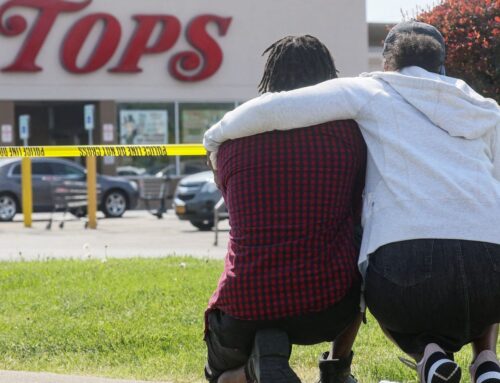Today’s terror attack on New York City has left 8 people dead and more than 15 injured. We mourn yet another attack on innocent civilians, and we send our thoughts and prayers to the victims of this senseless attack.
Usually a GCP post after a horrific event like this focuses on how to talk to your children about it. But since we recently went over this after the Las Vegas attack (“How Do We Talk With Our Children About the Las Vegas Mass Shooting, today we will focus on a different but related topic: Making a Family Emergency Plan.
Planning for what your family needs to know and do in case of an emergency is a grim but critical role for parents today. The good news is that there are lots of online resources to help you with this task.
One of the first sites to visit is ready.gov. Created by the Department of Homeland Security, ready.gov offers families tips and advice for creating an emergency plan for a host of disasters, from natural (earthquakes, wildfires, floods) to man-made (active shooters, bioterrorism, nuclear blasts). Somber reading for sure, but helpful to have step-by-step advice about what to do in these situations.
Click on the “Kids” link on the ready.gov site, and then on the “Parents” link there for more helpful information. Be sure to find and download the “Family Communication Plan” which allows you to list emergency contact information for all of your family members. Having a plan that makes sure that everyone knows how to be in touch with one another if you are not together is key. You should also include contact information for someone out of state, as well as a meeting place in the neighborhood if you all need to meet away from home.
Ready.gov suggests that children should be part of an emergency planning process for their safety and sense of empowerment. Together with your children you should:
1) Work together to build an emergency kit (kit contents suggestions can be found here): 2) Sit down as a family to talk about your communications plan; 3)Role-play what you would do during a disaster: and 4) Hold fire drills in your house.
The Red Cross also has helpful tools for creating a family emergency plan, which can be found here. They prescribe a simple three step approach: 1) Discuss how to prepare and respond to the types of emergencies that are most likely to happen where you live, learn, work and play; 2)Identify responsibilities for each member of your household and how you will work together as a team; and 3) Practice as many elements of your plan as possible.
You’ve got some tools, now use them to get to work on that plan. Let’s hope you will never need it.





